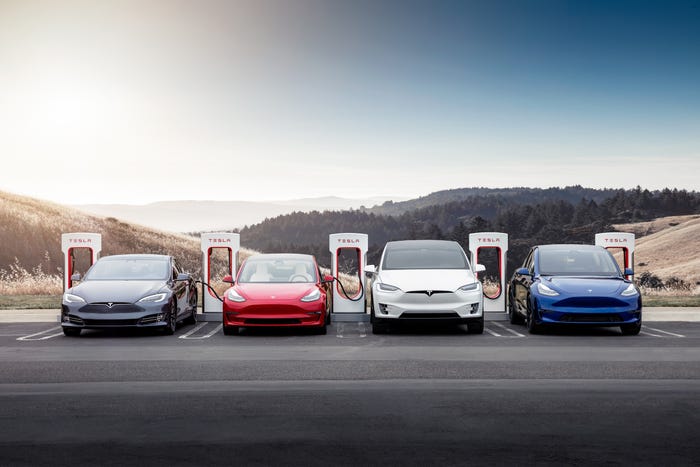In a recent report by Tesla-focused analyst Troy Teslike, it was revealed that Tesla experienced a 9% decline in global electric vehicle deliveries in the first quarter of 2024 compared to the same period last year. This trend, combined with other data, suggests a potential stagnation or even a decline in growth for the company this year.
According to Teslike, Tesla delivered 36,065 fewer electric vehicles in Q1 2024 than in Q1 2023. The analyst predicts an even steeper drop in Q2, estimating around 48,000 fewer deliveries, based on a forecast of 418,000 units.
“The third quarter’s year-over-year growth is unclear, while the fourth quarter is very likely to have negative growth,” Teslike stated, pointing out that 2023 was a record year for Tesla, making comparisons challenging.
If these estimates hold true, Tesla could end 2024 with a total of 1.7 million units sold, compared to over 1.8 million in 2023. This would still keep Tesla as the leading all-electric car manufacturer, slightly ahead of BYD.
However, achieving 1.7 million units would mark a significant departure from Tesla’s historical growth trajectory, which has seen sales increase every year since the launch of the Model S in 2012.
Tesla deliveries are not going well this year.
• Q1 saw an 8.5% decline or 36,065 fewer vehicles delivered compared to last year's Q1.
• Q2 is expected to be worse, both in terms of the percentage and unit decline.
• Q3 is unclear at this point. It could go either way.
• Q4… pic.twitter.com/ekJxHavRSy— Troy Teslike (@TroyTeslike) May 3, 2024
“The main challenge right now is lower sales of the Model 3 in the U.S., probably due to the tax credit situation,” Teslike explained. Currently, only the recently launched Performance version of the Model 3 is eligible for the federal tax incentive.
Lower sales in China are also contributing to Tesla’s struggles. The company’s ability to reduce prices, a strategy it has used to drive growth in the past, may also be reaching its limits.
I use Vehicle Identification Numbers (VINs) to calculate Tesla's production. The data shows what's happening with production but it doesn't show why something is happening.
So, in Q1, when Model 3 production at the Fremont factory was much lower than usual, I assumed it was due… pic.twitter.com/AJ7wPNYF7V
— Troy Teslike (@TroyTeslike) April 30, 2024
Despite these challenges, there is optimism that Tesla could still turn the tide. “There is always a chance that Tesla will surprise us with something and the volume will increase somehow,” Teslike noted.
The market will eagerly await Tesla’s Q2 numbers, which are expected to be available in early July, to gauge the company’s performance and trajectory for the rest of 2024.







